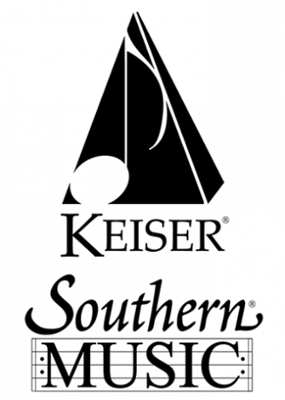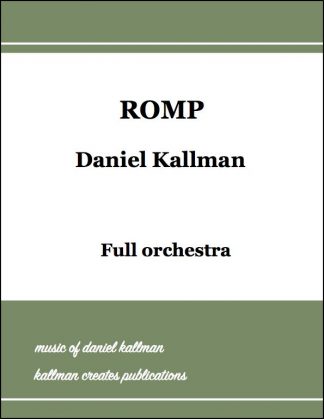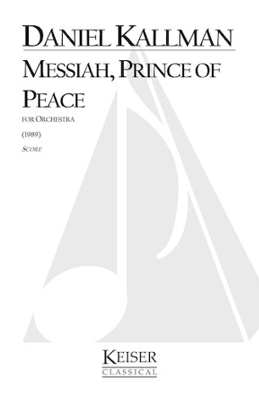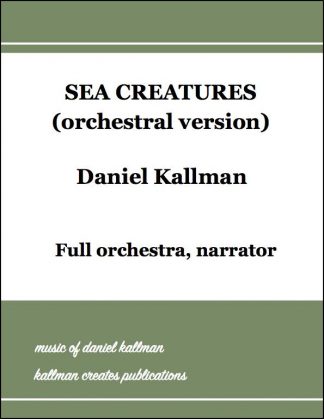Description
Full orchestra. Duration: 20’00”
The middle movement, Messiah, Prince of Peace, is often performed separately and can be purchased separately.
Order from Lauren Kieser Publ. or music retailer.
Listen
Composer’s Notes
This extended orchestral work was commissioned by the Bloomington (MN) Symphony Orchestra in honor of their 25th anniversary and was premiered in 1989 under the baton of Steven Amundson. He then took the piece on tour with the St. Olaf Orchestra in the fall of that year. The movements (continuous) are: Prelude; I. Yahweh: God of the Covenant; II. Messiah: Prince of Peace; III. Paraclete: Holy Advocate. The middle movement, Messiah, Prince of Peace, is often performed separately and can be purchased separately. Trinity Canticles is accessible for regional and professional ensembles, as well as good college orchestras.
Trinity Canticles was composed as a musical response to the majesty and mystery of the Christian triune God. Although the composition was not intended as a programmatic work, many of its characteristics reflect the theological understanding of the Trinity. There are three distinct movements following the Prelude, but the entire work is continuous, linked by a repeated pitch in the chimes. A different instrumental family is allowed to dominate the texture within each movement: Mvt. I, brass and percussion; Mvt. II, strings; Mvt. III, woodwinds. The composition is cyclical in that certain prominent musical elements, many of which are introduced in the Prelude, are present in each of the succeeding movements.
The chorales and hymn tunes used throughout the work represent the human response to the Trinity. Some of these are stated in full and will be easily recognized while others are only hinted at in fragments or rhythmic alterations. Still others are newly composed. The most prominent melodies used and the English texts by which they are known today are: Mvt. I, “If Thou But Suffer God to Guide Thee” (Georg Neumark, 1657); Mvt. II, “O Come, O Come, Emmanuel” (French processional, 15th century) and “O Sacred Head, Now Wounded” (Hans Leo Hassler, 1601); Mvt. III, “Come Holy Ghost Our Souls Inspire” (Sarum plainsong, date unknown).
The phenomenon of the Trinity is multifaceted, with many dimensions and characteristics attributed to each of its three persons. The biblical and literary references included in the program were chosen primarily to provide a more focused context in which to compose the work.




